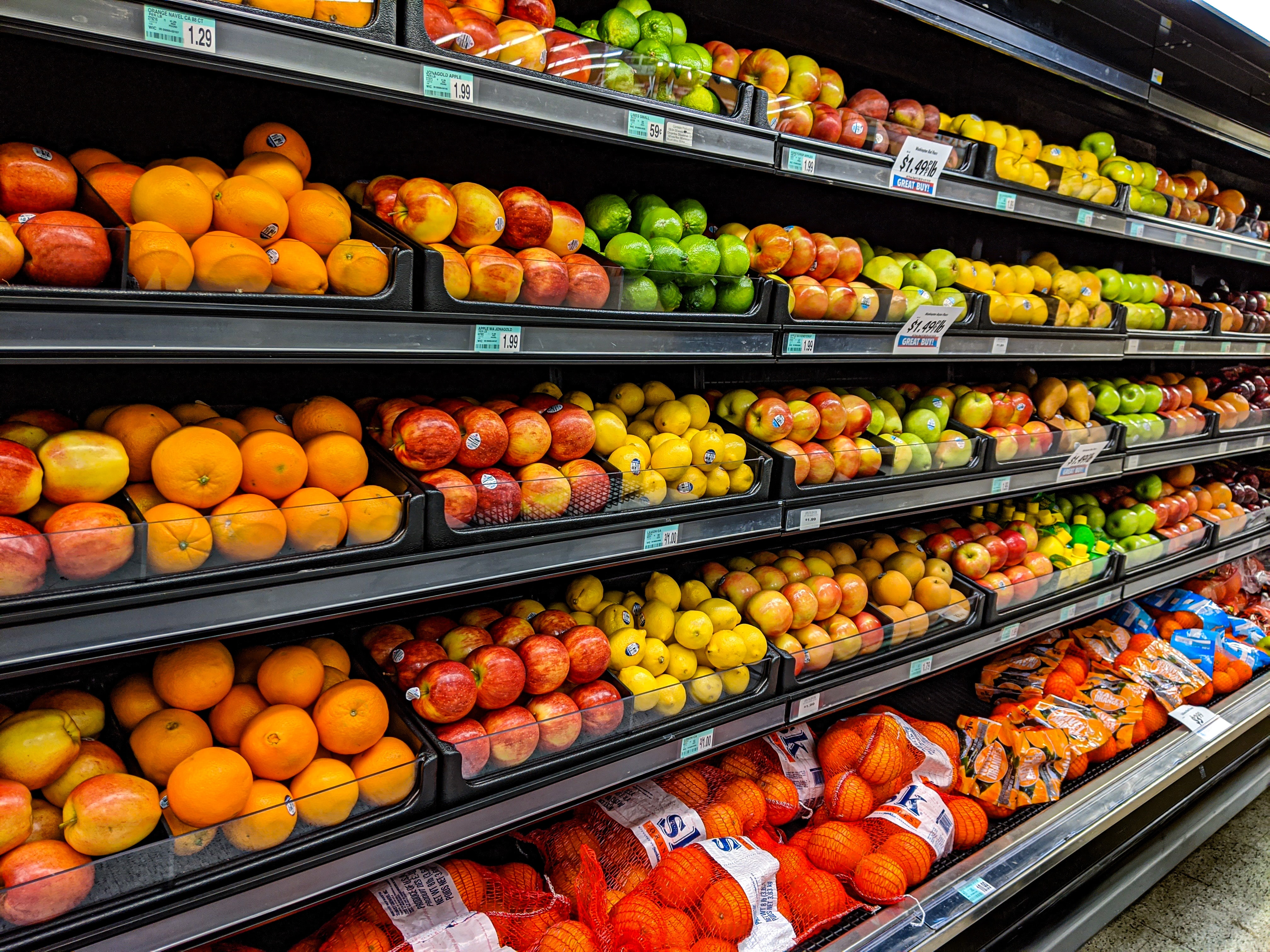Trying to save a few bills but don’t know where to start? Savings might be closer than you think.
Groceries can be a large part of anyone’s budget and are a necessity (you have to eat right?). That being said, there’s a good chance you can cut down your monthly grocery bill from what you’re paying today.
Let us look at a few easy ways to slash those numbers…
1. Buy the Store Brands

Buying a store brand vs. a name brand can save you anywhere from 20-30% for a given item. Retailers typically markup items by 100% from what the manufacturer charges them. By buying a store brand you are bypassing the middleman and not paying for this extra margin. In most cases, one of the name brand manufacturers is also producing the store brand as well.
2. Bring a Set Amount of Cash

A study by Dun & Bradstreet showed that people spend 12-18% more when using a credit card instead of cash. Seeing the money leave your fingertips has a much more emotional feel than the swipe of a card. Use your own psychology to benefit your finances and bring cash next time you go grocery shopping. Commit yourself to only use the amount you bring as well and nothing more (best yet leave the cards at home). You will be surprised at how far that money can go.
3. Buy More Produce

Yes, some processed foods can be very cheap, but if you load up on good old-fashioned produce you will likely save a decent amount. Think about how cheap potatoes and bananas are? The produce aisle is cheaper than the frozen equivalent as well.
This also goes for grains. Instead of buying the prepackaged rice go with bulk rice.
Produce is much higher in nutrients than similar processed foods making them more filling. You will end up needing and eating less. It will save you big on your grocery bill and your body will thank you too.
4. Cook it Yourself, Don’t Buy Premade Meals

Convenience comes at a cost. The next time you go to the store avoid the frozen food aisle altogether. Meals that come premade easily run 2-3x of what it would cost for you to cook that same meal yourself. It may not hurt to grab 1 of these, but when you have premade meals every night for dinner you will see the costs piling up at the cash register.
5. Get a Store Card

Keep seeing items on sale but not the results on your receipts? Many grocery chains require you to have their store card to realize these savings. Retailers use these cards to track customer spending to make sure they have the right products on their shelves. It ends up being a win-win for both parties involved.
6. Buy the Larger Size (Not in Bulk)

It is no secret that buying in bulk saves you money, but if you buy too much you end up overspending on items you will never use. Instead, try to buy one size up from what you typically get if you are buying a reoccurring expense (think of items like ketchup or laundry detergent). In the long run, you will end up saving money by getting a discount from the smaller quantity. As well as not buying too much of something you will never end up using.
7. Avoid Individual Packaged Items

Another way where you are paying for convenience. It may be easy to grab a single-serve yogurt for breakfast in the morning when you are in a hurry, but you end up shelling out more cash. Individually packaged goods cost upwards of 15% more than buying the alternative.
Manufacturers pay more for packaging materials, so they build this into the final cost. You the consumer end up paying for it in the end. Instead, just buy the tub of yogurt or a large bag of chips.
8. Make a List Beforehand

Something that most people do anyway but having a set list will help you from impulse buying. Plan out ahead of time what you will need for the week, and when you get to the store stick to the plan! Do research ahead of time and bring the set amount of cash needed to buy everything on the list and nothing more. This will help you better stay on course. Those cookies may look good, but they aren’t so much for your wallet or your belly!
9. Don’t Buy it Just Because it is on Sale

If it is not on your list, and something you normally would not buy, do not get it because it’s just on sale. You will end up spending more money in the end buying additional items even if they are on sale. If raisins are a dollar off, but you never eat raisins, you are not saving money buying them. You are spending additional money buying the discounted raisins compared to not buying them at all. This is a trick retailers use to sell slow-moving items. Don’t fall for it!
Now you are armed with the information you need to cut down on spending. To ease your way into it, try using one of these tips you learned today and slowly implement others as time goes on. You will find it easier to do rather than implementing everything at once. Have any other tips I may have missed? Add them in on the comments section!


